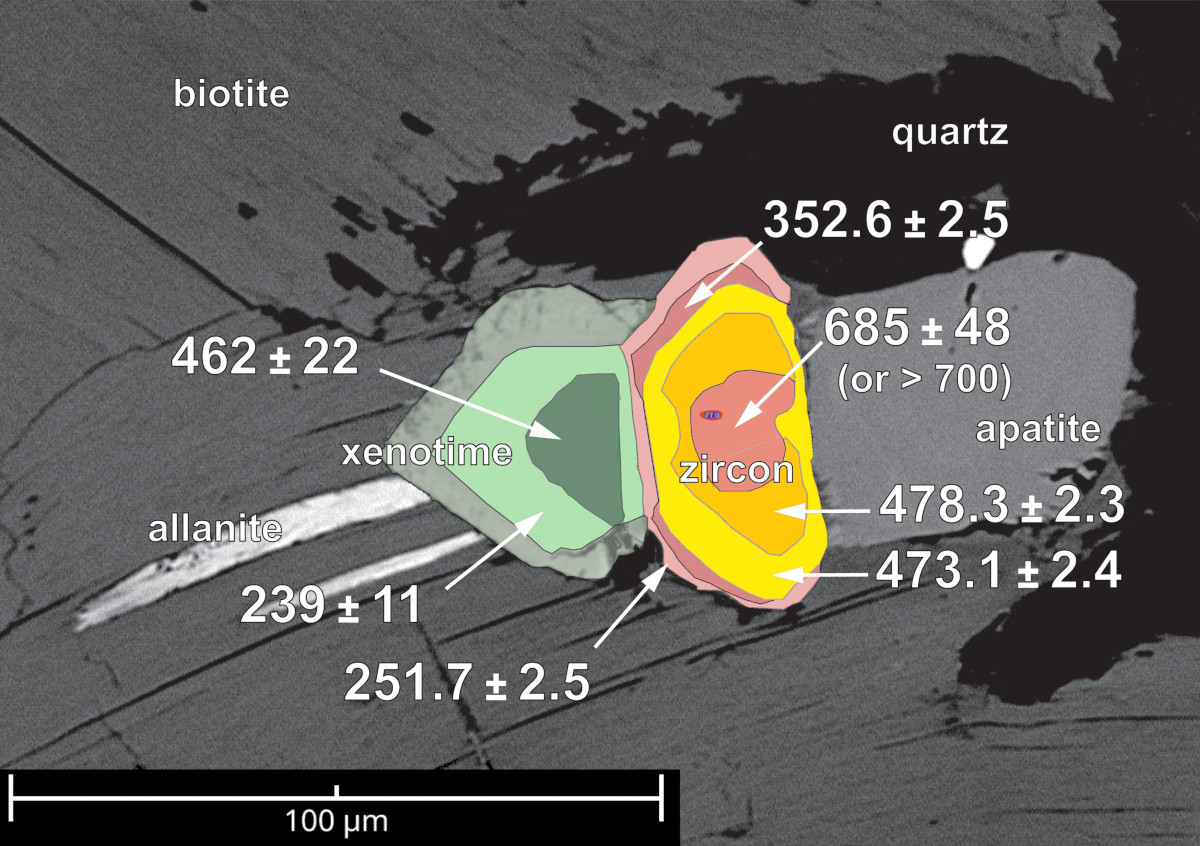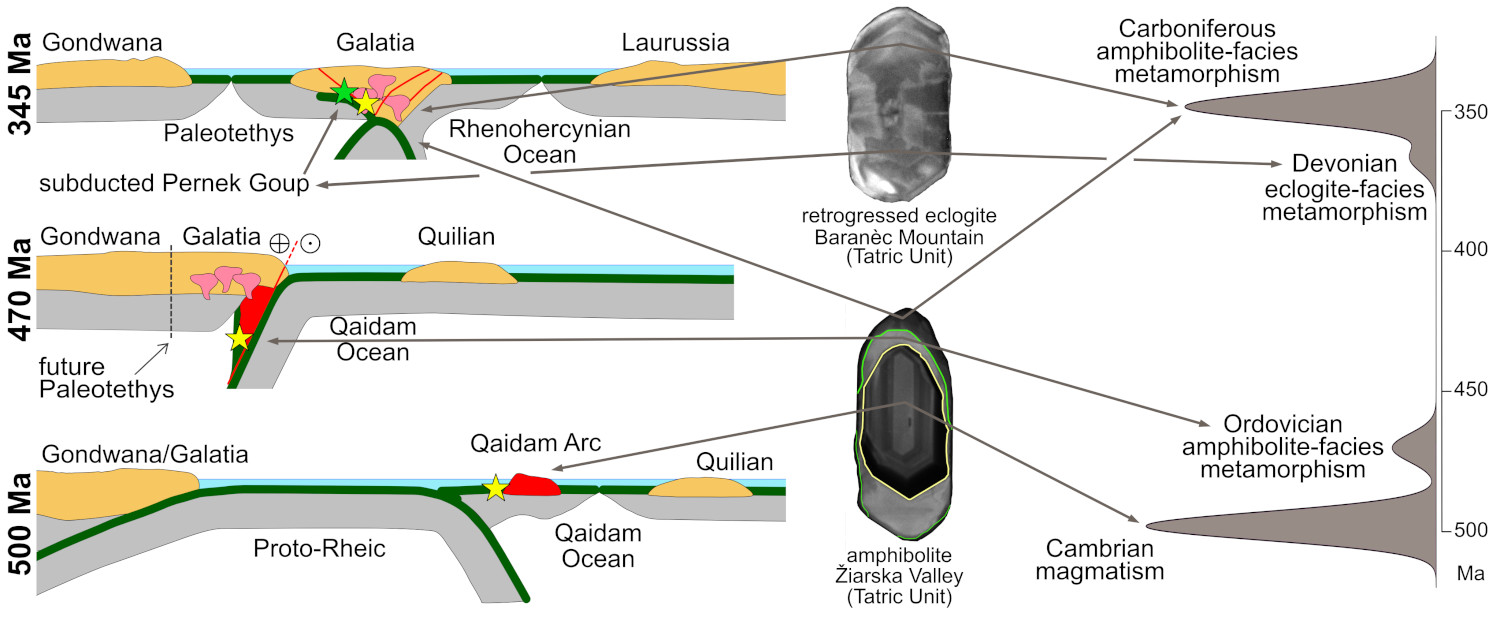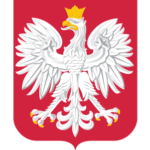Micro-analytical petrochronological methods at the µm scale allow to accurately characterise and resolve temporally tightly spaced magmatic, metamorphic or hydrothermal processes recorded in the crust. Using such techniques for the investigation of zircon, monazite and xenotime it was possible to profoundly revise the current understanding of the geological evolution of crystalline basement rocks of the Central Western Carpathians.
The Chopok granite (Lower Tatra Mountains), previously interpreted as a Carboniferous intrusion, actually represents Early Ordovician (ca. 476 Ma) magmatism as a consequence of the Cenerian orogeny. The post-magmatic history is related to the different phases of the Variscan orogeny: An Early Carboniferous age (ca. 352 Ma) documents the thermo-tectonic activity during the final amalgamation of the supercontinent Pangea, whereas a Permo-Triassic age (ca. 255 Ma) is associated with the initial break-up of Pangea.
Metabasites from the Western Tatra Mountains highlight a particular moment in the geological history of the Central Western Carpathians by recording the evolution of vestiges of two completely independent oceanic domains: (1) An Ediacaran to Cambrian oceanic arc related to the proto-Rheic – Qaidam oceans at the NE border of Gondwana and metamorphosed to amphibolite-facies during the Early Ordovician Cenerian orogeny (ca. 470 Ma) and (2) Late Devonian oceanic crust related to a back-arc basin formed by the opening of the Paleotethys and metamorphosed to eclogite-facies during a Late Devonian Variscan orogenic phase (ca. 367 Ma).
The research provides key data for regional paleogeographic reconstructions of Central Europe concerning the Early Paleozoic evolution of NE Gondwana and the subsequent Late Palaeozoic collision of Gondwanan fragments with Laurussia. Interestingly, none of the investigated rocks show any evidence of being palaeogeographically related to the Rheic Ocean, as had been proposed earlier.
Burda, J., Klötzli, U., Woskowicz-Ślęzak, B., Li, Q.-L., Liu, Y. (2020): Inherited or not inherited: Complexities in dating the atypical ‘cold’ Chopok granite (Nízke Tatry Mountains, Slovakia). Gondwana Research 87, 138–161. https://doi.org/10.1016/j.gr.2020.05.018.
Burda, J., Klötzli, U., Majka, J., Chew, D., Li, Q.-L., Liu, Y., Gawęda, A., Wiedenbeck, M. (2021): Tracing proto-Rheic – Qaidam Ocean vestiges into the Western Tatra Mountains and implications for the Palaeozoic palaeogeography of Central Europe. Gondwana Research, 91, 188–204, doi: https://doi.org/10.1016/j.gr.2020.12.016.







